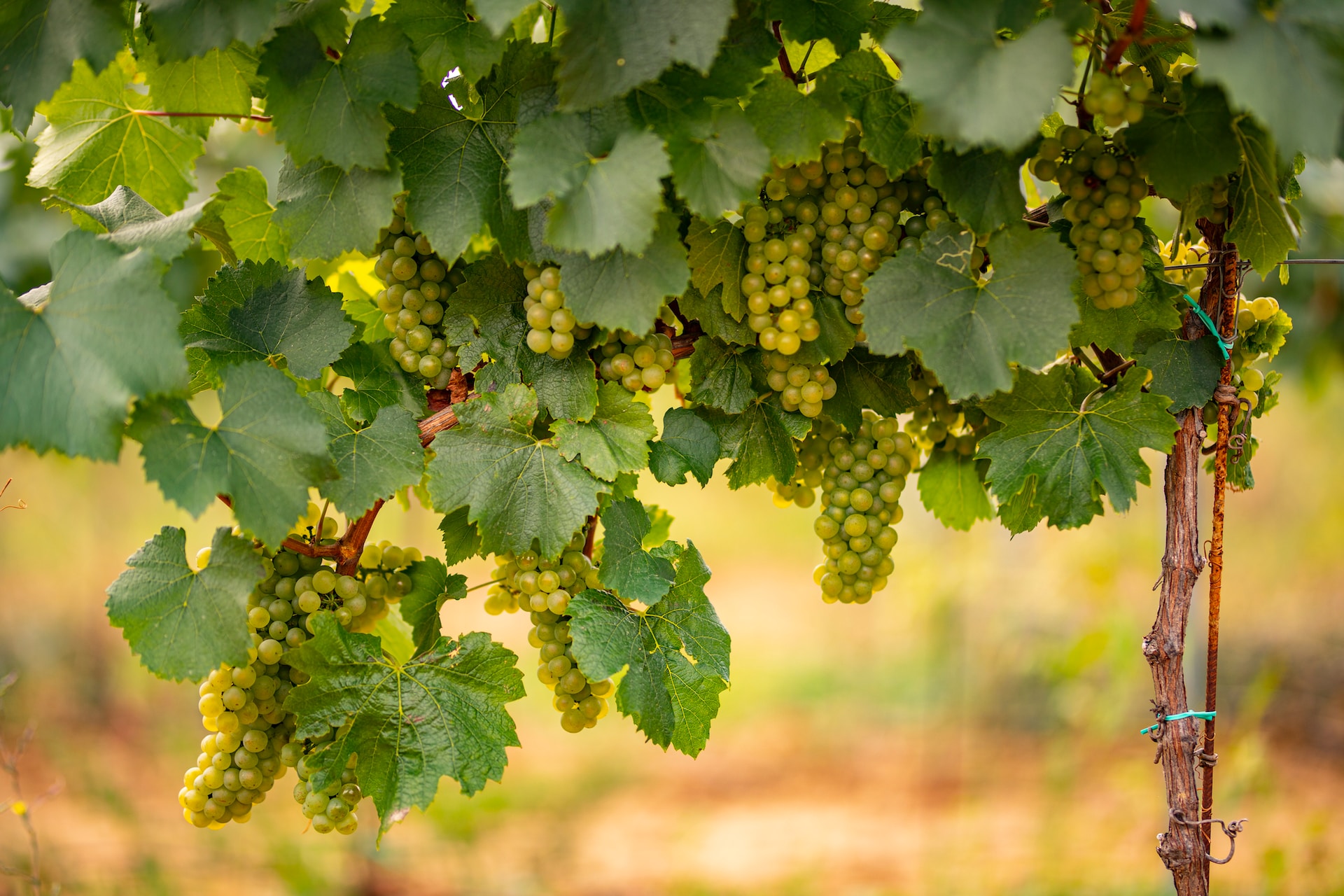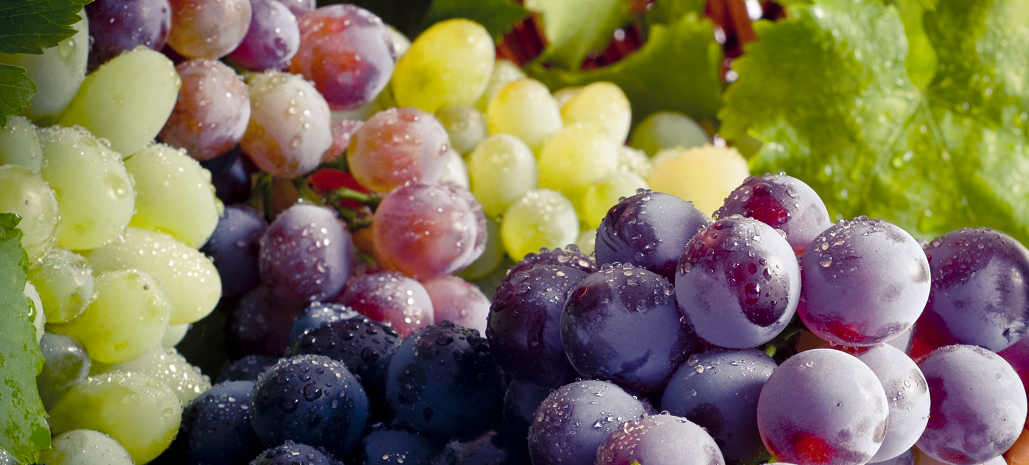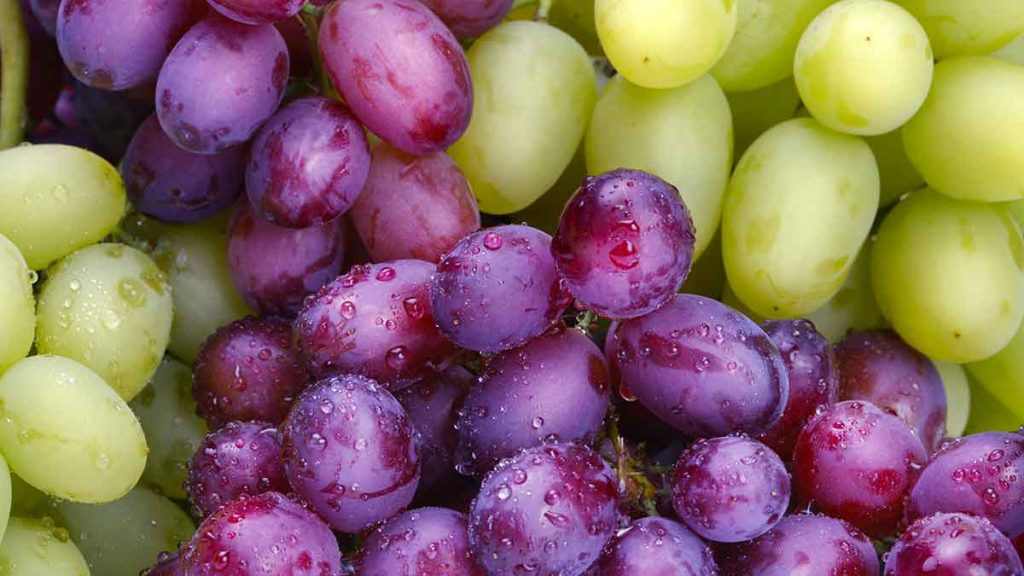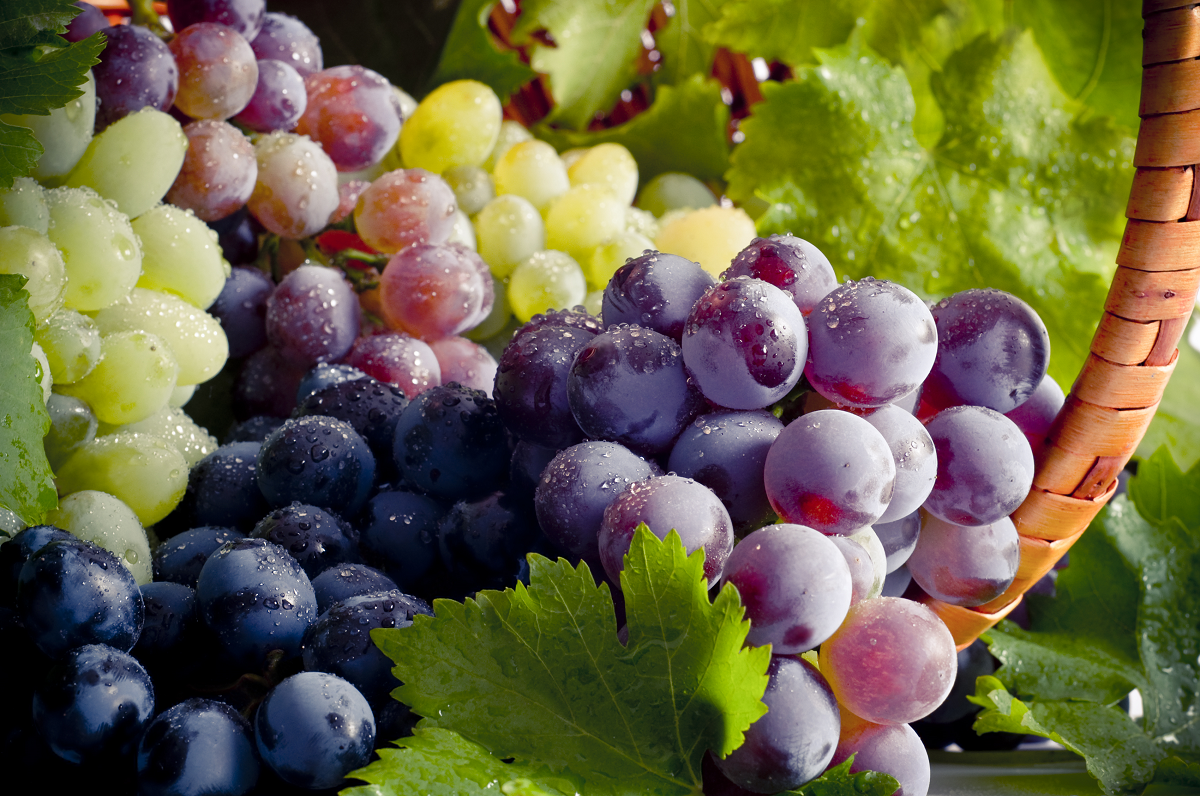Newsletter 158 – 10.24.2023
The grape industry, which was attractive for many years, has become quite complicated. This was evidenced in the last southern season. The risks of climate change were clearly evident: unexpected rains ruined part of the harvest. Added to this were logistical and commercial complications. Part of the harvest was ruined and had to be discarded, another part arrived in poor condition at the markets, either due to the rain or logistical delays.
Climate challenges during the last year
Fruit industry has always faced climate risks. But these were exceptional events, which occurred every now and then. In recent years, these events have become common, affecting more and more regions, with grapes being a fruit that is especially sensitive to them. Having a season without any extreme weather problems has become the exception. This complicates the scheduling of campaigns, given that there is no longer a secure provider.
In the 2022-23 season, the northern region of South Africa suffered heavy rains at the start of the harvest, which led to a sharp drop in production. The Orange River exported almost 30% less than usual, the Olifant River also recorded declines. Chile also received a hit of rain in the middle of the harvest, causing quantitative and qualitative losses.
This year climate problems became very evident in California. Storm Hilary on August 20 destroyed 35% of what remained to be harvested. Desperate, American buyers went looking for grapes in South America. But here the situation is not very favorable either. Peru suffers from the Niño effect, and had practically no winter. The northern region is the most affected. There is talk of a 4% drop in production, but it could be greater. Premium quality grapes are becoming scarce, given that the bunches show rather small and very heterogeneous grapes.
And the list of climatic problemscontinues. The Mediterranean seasonsuffered from water shortages and a very hot summer with heat strokes. In this case too, harvest was low and higher qualities were scarce.
Climate risk increased markedly, forcing importers and supermarket chains to have a “plan B” to replace a supplier that cannot fulfill what was promised.
Long-term impact of climate change on grapes
In the long term, higher temperatures and extreme weather events (hail, heat waves, frost) will lead to a reduction in the yields of grape plantations. Some studies speak of a reduction of 10-15% in the next decade. The ripening of the grapes will be earlier and the harvest period will be shortened. The internal quality of the grapes will be affected, it will be more difficult to obtain the proper sugar/acidity balance. Damage due to sunlight and heat stress will be recorded. Furthermore, higher temperatures will increase phytosanitary conditions.
Logistical aspects
Southern countries are working to improve this point. Last year the rains had affected the quality and condition of the grapes, so it was necessary to streamline logistics so that they reached the shelves of supermarkets in the north as soon as possible. But this was not possible. There were many delays in loading the grapes, the ships left late, extra days were added at the ports of arrival as the ship could not be unloaded or diverted to another port, etc. Grapes with shorter post-harvest life were subjected to longer transportation times. The result was that several loads had to be thrown away, others sorted and repackaged, others liquidated in the wholesale channel.
Southern Season Outlook 2023
Chile
Thanks to quite more favorable weather conditions, a slight recovery in exports is expected, once again exceeding 500,000 tons. The 2022/23 season was the most difficult in recent years; Therefore, this recovery is welcome, although the levels of previous years will not be reached (exports close to 600,000 tons).
The trend towards new patented varieties will continue to accentuate, while the share of Thompson S., Red Globe and other traditional varieties will fall.
Peru
There is some uncertainty due to the El Niño phenomenon. The northern region is more complicated, with a decline of 4% estimated for now and heterogeneous fruit quality. The southern region predicted a favorable harvest. A productive and export surplus is expected, compensating for the decline in the north.
Regarding varieties, a drop in exports of Red Globe (-15%) and seedless reds (-7%) is forecast, in the latter case due to a decrease in Crimson, Flame and Jacks Salute. This will be compensated by higher shipments of white seedless grapes (+14%), where a strong increase will be recorded in Autumn Crips, Timpson and Ivory. A plus is also expected in black seedless grapes (12%), due to an increase in Sable.
South Africa
After the complicated 2022/23 season, a better campaign is expected, although without being able to recover the record levels of 2021/22 and 2020/21. For the campaign, exports are expected to be 12% higher than in 2022/23 and similar to the historical average.
The region that will register the greatest recovery is the Orange River, with +30% expected, after last year's disaster. Olifant River also expects +13%. The other regions forecast a similar to slightly higher harvest than 2022/23 (Hex River +10%, Northern Region +5%, Berg River +1%).
Brazil
The season began more slowly than expected. Much is being sent to the domestic market. Exports began at a pace between the last two years, with higher shipments to the US, while those to Europe are lower.







